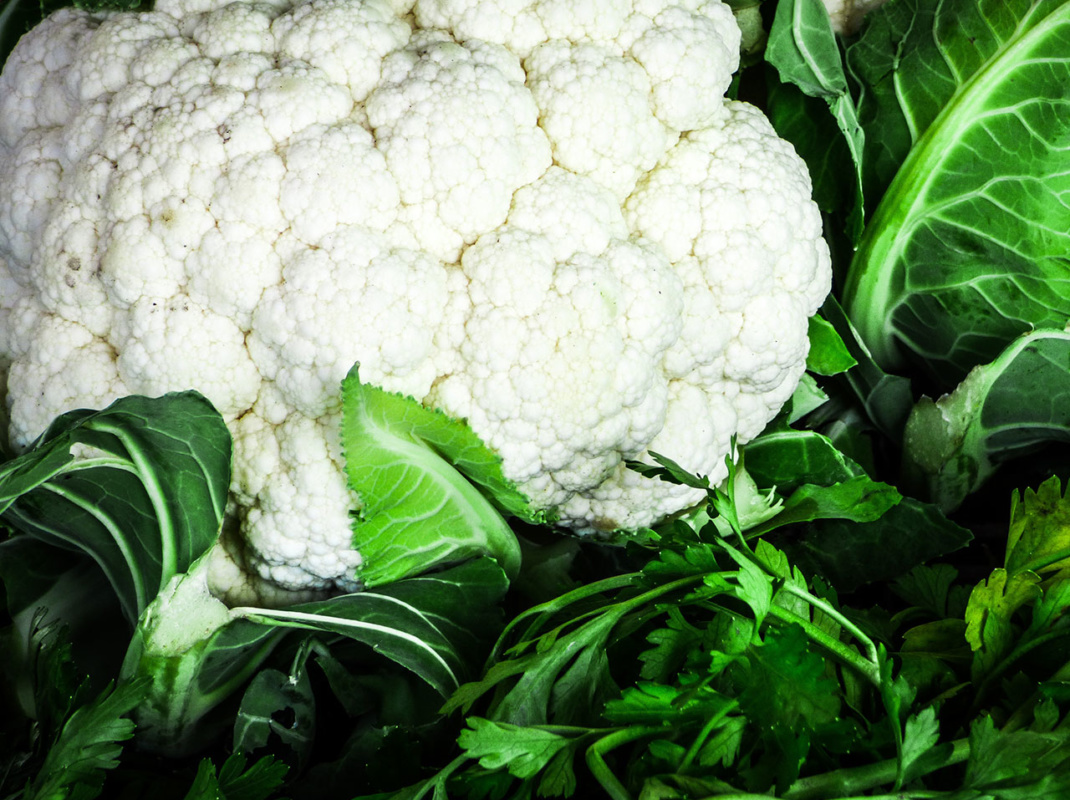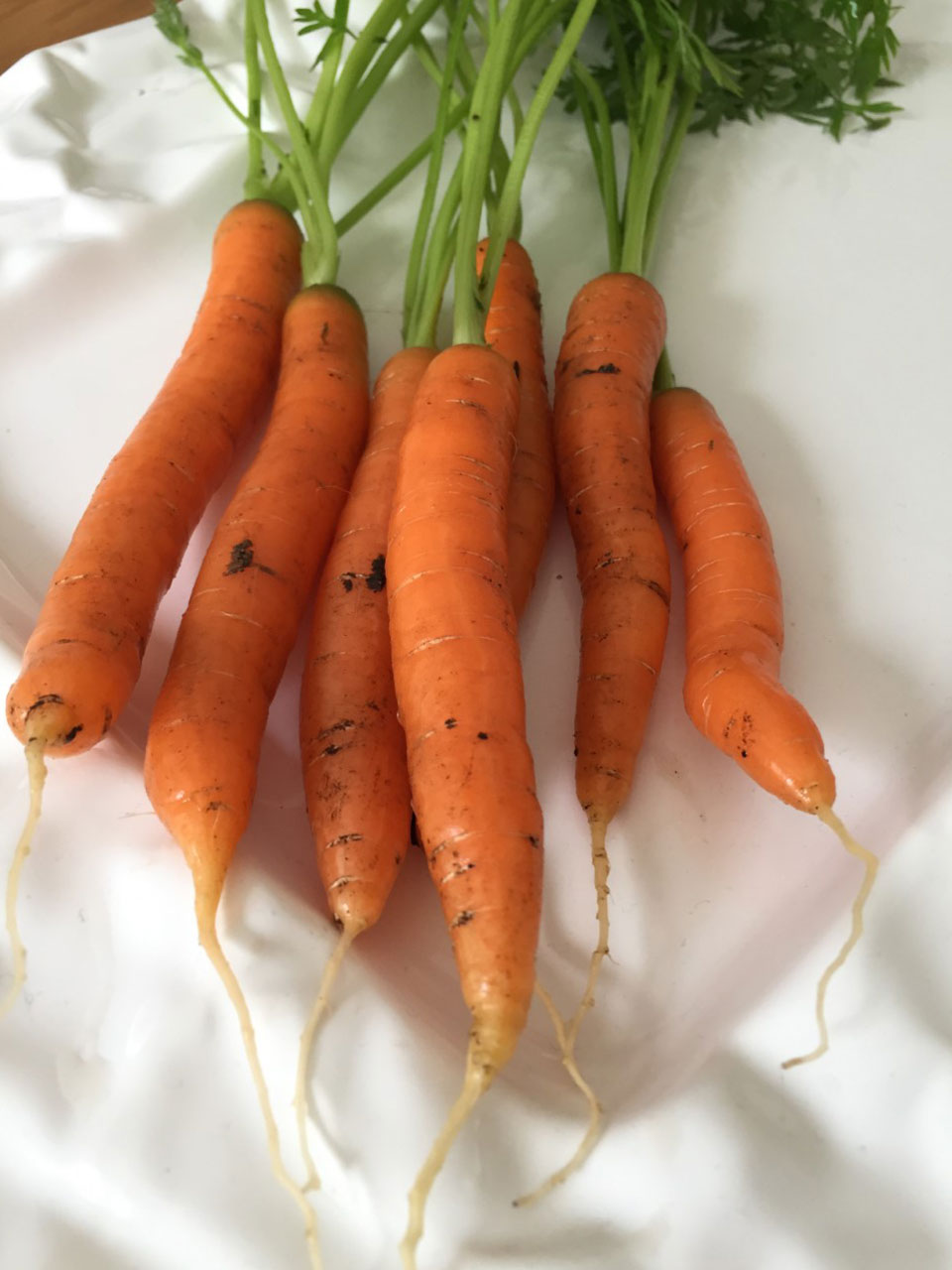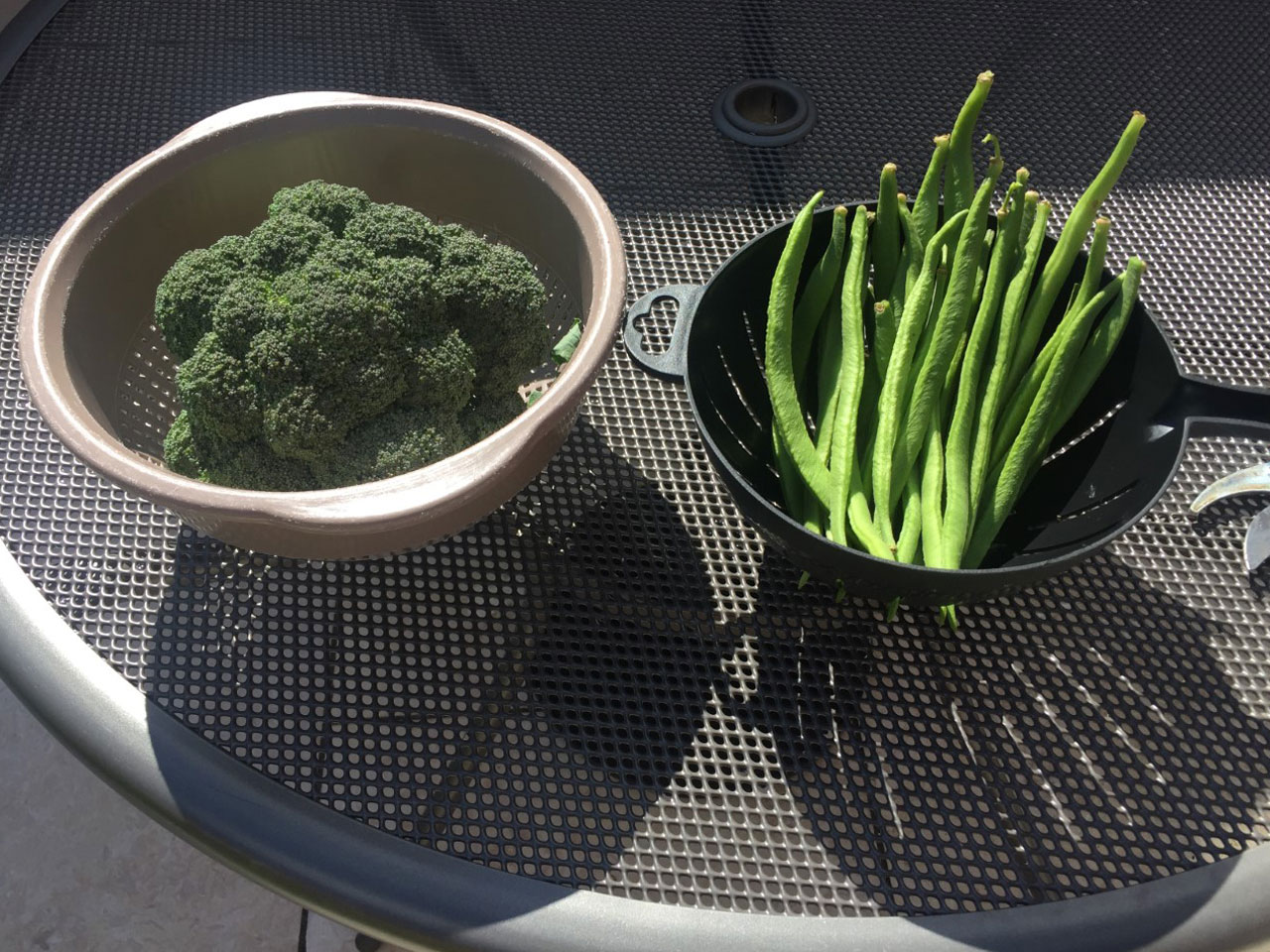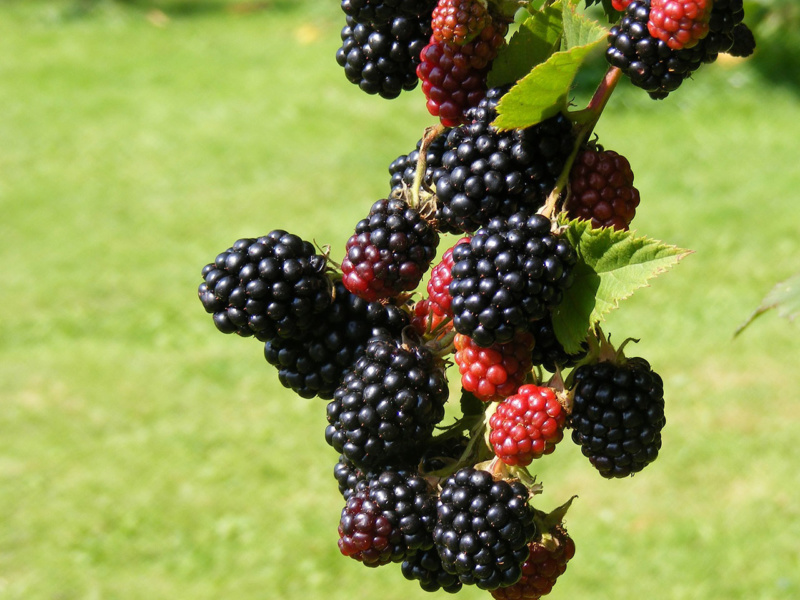There is so much opportunity to buy seasonally grown fruit and vegetables, in every part of the world. Locally grown seasonal produce is in abundance during the month of September, which is autumn in the UK. Following is a selection of fruit and vegetables that are available:
Fruit: blackberries, damsons, pears, plums, raspberries, strawberries…
Vegetables: aubergine, beetroot, broccoli, broad beans, butternut squash, carrots, cauliflower, celery, courgettes, garlic, kale, leeks, lettuce, mangetout, marrow, onions, parsnips, peas, peppers, pumpkin, radishes, rhubarb, rocket, runner beans, spinach, spring onions, sweetcorn, Swiss chard, tomatoes, watercress…
This beautiful selection reads like a culinary rainbow, and all are available to buy and enjoy.
Today, most supermarkets have made much produce available all year which is, no doubt, very convenient. Yet, if we eat more local and seasonal food, we support the local economy, reduce our carbon footprint and benefit from fresher, tastier and more nutritious food. It makes sense to get to know what’s in season and plan your shopping list to suit. Those who already grow their own produce have long been converts to this. For those who don’t, however, there are plenty of opportunities to buy fresh and locally from grocers, farm shops and local farmers’ markets. For the energetic amongst us there is also the pick-your-own option.

Supermarkets will stock seasonal home grown produce, but make sure you check the labels as you shop. Get to know where your food comes from, and source it reliably so it has the least negative impact on the planet.
There are many traditional favourites in this list and, as we say goodbye to another summer and the nights start to draw in, thoughts turn to cooking up seasonal favourites such as nourishing stews and fruit crumbles through the upcoming autumn months.
There’s nothing like fresh fruit and vegetables at their seasonal best. There’s something so good about eating food when it’s just been picked. It tastes better and it is better value.


Food that has been grown locally has spent less time in transit and is likely to have retained more nutrients and vitamins since being picked. This is especially true of vitamin C, known for its instability.
Food also loses flavour in storage, whereas fresh locally harvested foods keep their full, wholesome flavours intact for us to enjoy at their best. Whilst we know how important it is to eat at least 5 a day (2 fruit, 3 vegetables), sometimes it’s difficult to be enthusiastic about produce that is less than flavoursome.
There is also a cost advantage to eating locally grown seasonal produce. When varieties are in abundance, they are less expensive.
A healthy balanced diet, rich in fruit and vegetables plays an important role in our health. We’re told that such healthy lifestyle choices can reduce our risk of chronic diseases like heart disease, stroke and dementia.
When we take advantage of all of the locally available produce we may find ourselves eating a greater variety of food than we used to. It is way too easy to slip into poor eating habits where we buy automatically and end up eating a smaller range than is available during a specific season, even if sometimes the food is less tasty. We have all fallen victim to tasteless tomatoes out of season! Eating locally-produced food that has been allowed to ripen fully, not only gives us food rich in colour and flavour, it means that our body gets the highest nutritional value possible.
Whatever your reason to embrace seasonally and locally grown fruit and vegetables, make sure you enjoy it! You’ll be doing the earth a favour.
